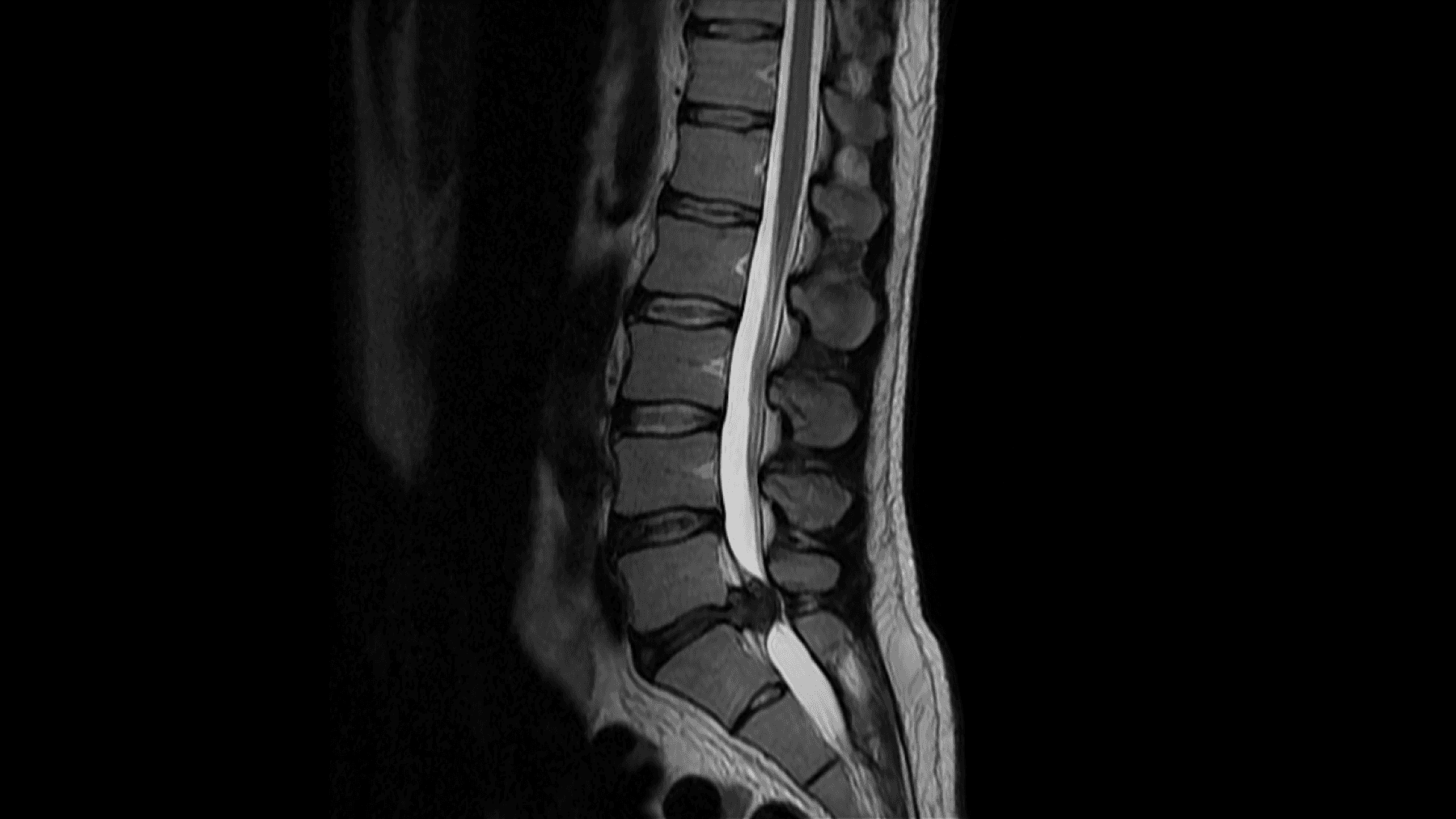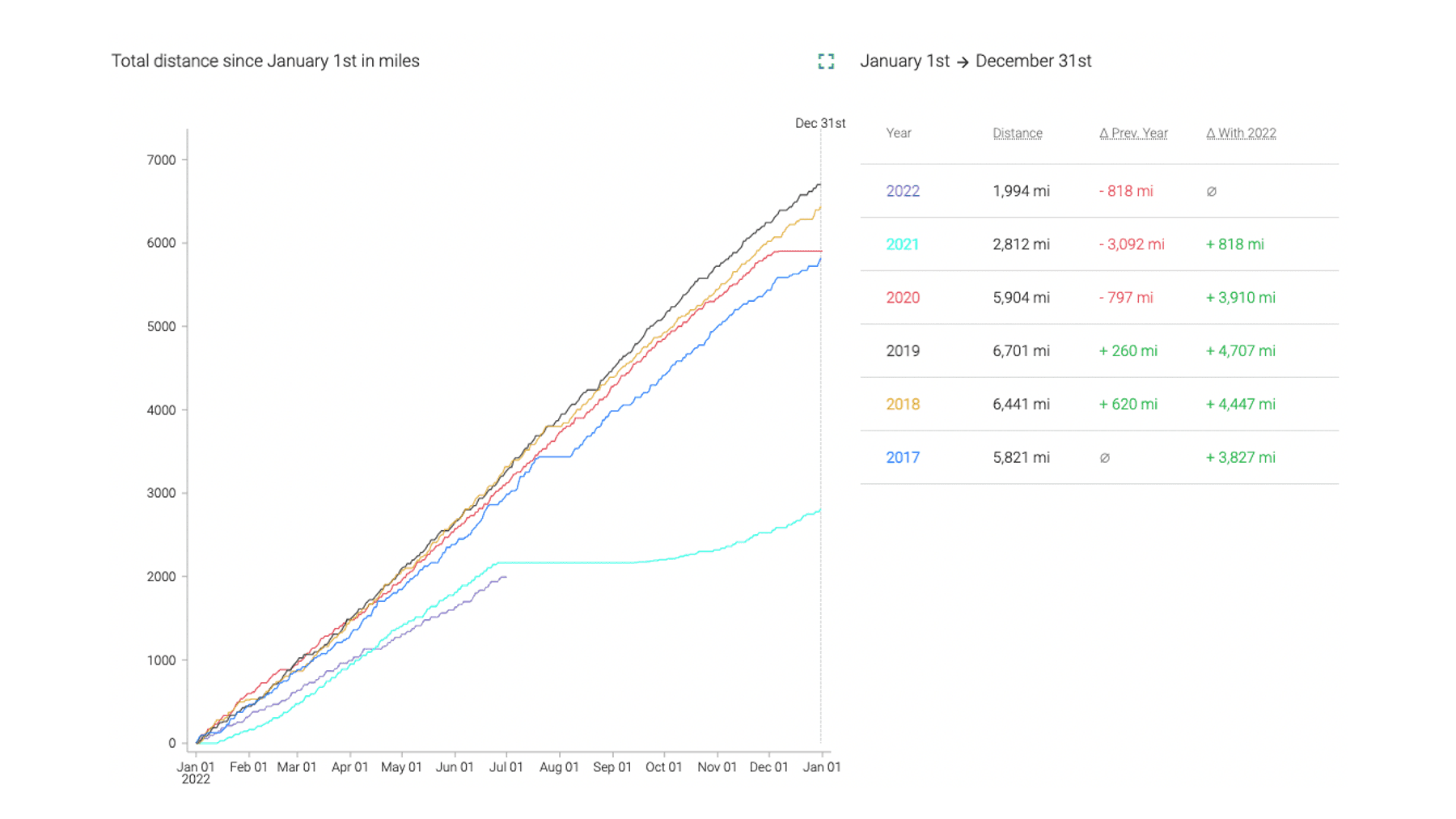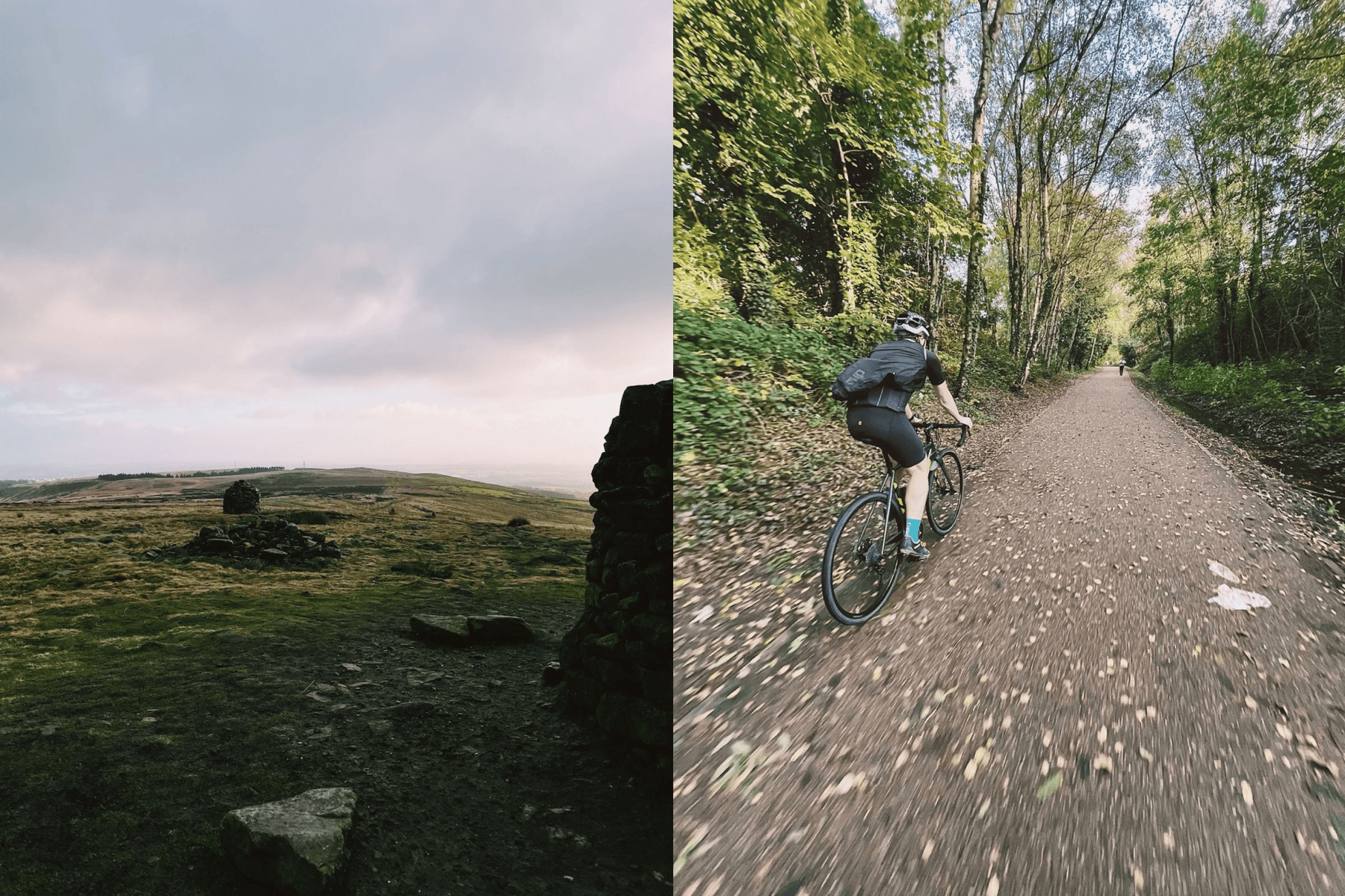My Cauda Equina Syndrome Story
They always tell you not to consult Dr Google with your symptoms because it's always going to give you the worst-case scenario and essentially say you're on death's door. Luckily that wasn't the case, but I was worried I had Cauda Equina Syndrome after Googling my symptoms, and it was correct. For once. I'm now 1 year recovered.

Disc (Black) trapping all the nerves (White) in the spine
How it happened
I would say I'm a pretty active guy. I ran 2x 5k a week or 1x 10k, cycling around 150mi a week (In the hills averaging around 10,000ft of climbing) and walked quite a lot - easily up to 14km walks no problem. I'd never had any back or leg issues.
Then one morning, I woke up with a very stiff lower back. I was getting ready to go for a cycle that morning (Surprisingly, I'd planned the most effortless route of the year). I sneezed, and I felt a twinge in my lower back that threw me backwards. I ignored it and just put it down too tight muscles and went out for my ride.
Midway through the ride, I was riding out of the saddle when I felt my lower back twinge again, only this time it felt different, to the point that I had to instantly sit down. I got to the top of the hill, stretched a little bit and continued. About 15 minutes later, I struggled to clip my foot into my pedal. I couldn't feel the bottom of my foot, and it felt like I had terrible pins and needles and no power in my ankle. I stopped and stretched again.
I decided to just go straight home and cycled another 6/7 miles home, and this is when it all hit me. I was instantly in the worst pain I've ever felt in my life. I couldn't find a comfortable position standing, lying or sitting. My whole leg felt like it was on fire and brought me to tears.
I assumed this was just a badly trapped nerve and rested up for that whole day on the couch and had very little sleep that night. I woke up in the morning to the feeling of my leg being numb around my ankle and the top outer of my thigh. So I booked an appointment for the physio the next day.
The next day things were worse; I'd woken up with more numbness - as if it was spreading. It was now pretty much down the whole of my left outer leg, my left foot and on my left buttock. When I Googled my symptoms, the NHS website told me to ring 111 immediately, and they advised me to wait for an ambulance or make my own way there.
I managed to get to A&E waited a good few hours (The COVID pandemic didn't help) to be seen by the triage nurse. She didn't know what to do with me or my symptoms and basically sent me on my way (This was a mistake on their part!)
The following day I went to the physio, and he diagnosed me with Piriformis Syndrome. It was likely a trapped nerve in my leg and gave me some stretches. I did these, and it relieved the pain a little bit. I went for a walk that night, but I could barely walk 1km, and I had to turn back.
The next day I woke up, and my symptoms were worse - I couldn't pee! This was a major red flag for me, so I took myself back to A&E.
This time they admitted me for further tests. These included an MRI scan, a bladder scan (Which, even though I couldn't pee or feel like I needed to pee - showed a full bladder!), and surprisingly just asking me to stand on my tiptoes... Which I couldn't do!
After the MRI scan, this is when I got the news that I had herniated a disc in my back pretty severely, in the S1 L5 region. It was causing Cauda Equina Syndrome (When all the nerves in your lower back are being compressed by a herniated disc). I was basically at risk of being permanently paralysed in parts of my lower half, so I was told I needed an emergency microdiscectomy operation to remove/trim the disc.
6 hours later, I was in surgery.

The graph shows how much of an impact the injury has had on my normal fitness
After Surgery
Considering I'd never had any back pain before surgery - After surgery, I actually felt worse. Apart from the stitches and the obvious tenderness around that area, I had aches in my lower back, legs, ankle and hips. Because of the pee issue (Basically, my nerves were no longer telling my brain that my bladder was full), I now had to self catheterise, which was pretty traumatising.
I left the hospital after 2 days, and I was told that I shouldn't sit down for longer than 15 minutes, which basically meant I couldn't work for around 6 weeks. I was given a physio plan that I had to do 3 times a day and encouraged to walk a couple of times a day.
So I did that. I made sure I walked twice a day, every day.
At first, walking was difficult, and I now had a visible limp. I could barely make 1km and had to sit down regularly on a bench and then do another 1km; then I was done, exhausted. Slowly over 12 weeks, I managed to get back to doing my regular 5km walks - Just a lot slower.
I'd also lost most of my independence because I couldn't lift anything heavy (Which didn't help, as I was in the middle of a full house renovation!). I was advised to not drive for 6 weeks - But even after 6 weeks, I still couldn't drive a manual car due to my weak ankle.

My first ride back outside after 5 months of physio, and walking in the hills resumed
1 Year On
1 year on, and I feel I'm back to some normality (Apart from putting on an extra 10 kgs!) My fitness levels are returning, and life feels pretty much how it was before all this happened.
Things that helped:
- The NHS physio plan changed every 2 weeks, starting with easy stretches working to strength building. Stretches that help me out are Cat-Cow, Childs Pose, Bridge, Clamshells, Knees to chest & Glute Stretches. I do this 1-3 times a day, usually in the morning.
- I'm now doing Pilates classes, and these REALLY help, as you learn new moves and feel great the day after.
- Walking, walking, walking. Keeping active when recovering is what I feel helped me recover faster. Even if it was a big struggle in the beginning.
- Believing that you'll get back to normality. My mental health rock bottom - Being stuck inside for 6 weeks, not doing what I love (Cycling), and losing independence for around 4-6 months was very tough.
- Calf raises are my best friend. Because I have no ankle reflex and I've lost a lot of muscle mass in my calf, daily calf raises and using a resistance band whenever I'm sitting is slowly bringing back ankle strength.
- Stand up desks! I was always sceptical about these, but since I couldn't sit down for long, a stand-up desk meant I could work or work on my side projects.
Downsides
- I occasionally get weird feelings that feel like electric shocks or a sense of ants walking up and down my leg. These can sometimes be painful and make me jolt pretty harshly.
- I can't feel hot, cold or pain in the numb areas. This is sometimes good, but also sometimes pretty bad. I've sometimes not noticed I've cut my foot after standing on something sharp, or I'm sitting on something that's bruising/digging into my leg.
- I physically can't run (yet) due to my ankle reflex. So this is the main thing I'm working on. Hoping to be back running 5k's at some point in the future!
- Because my left leg doesn't work properly, I put more weight on my right side to compensate which is now causing some issues with my hips/knees.
- I still can't go on my tiptoes!
Upsides
- Apart from a few aches now, my fitness is back to normal levels; I feel more supple due to stretching daily, which definitely improves my mental health.
- Cycling is pretty much back to normal, and I'm hitting my 100mi weeks again (Admittedly, I am a bit slower and flatter than 6 months ago!) It still has it's bad days due to my ankle reflex which are frustrating, but overall good.
- I no longer have to self-catheterise - Thankfully! This was definitely one of the worst things to come out of this problem, so I'm glad this looks positive. It also means there's improvement in my muscles/nerves.
Although it's been a tough year, it's going well. If you've got any back issues, get them checked out by a physio and ensure this doesn't happen to you. Stretch daily, and keep active.
Big shout out to Salford Royal Hospital for all they've done.